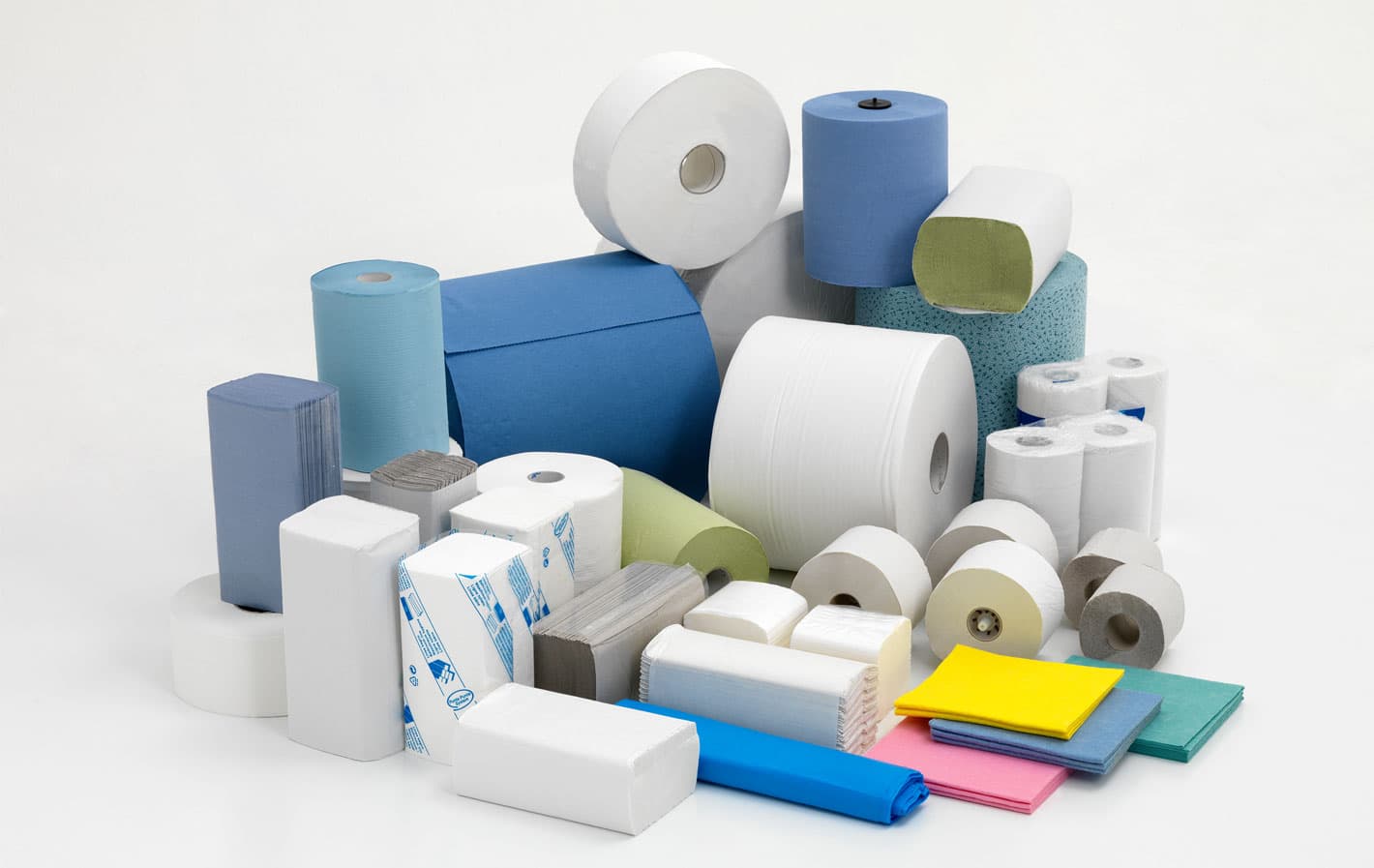Exploring the Booming Global Books Market
The Books market is anticipated to cross USD 160 Billion by 2029, increasing from USD 144.67 Billion in 2023. The market is expected to grow with a 2.35% CAGR from 2024 to 2029.

The pulp and paper industry, a long-standing cornerstone of manufacturing, is currently experiencing a profound transformation. Historically associated with newspapers and printed materials, this centuries-old industry is now navigating the complexities of the digital age and rising environmental concerns. The predominant force behind this evolution is the growing emphasis on sustainability. As awareness of environmental impacts intensifies, the industry is progressively adopting more sustainable practices. These changes span from the responsible sourcing of raw materials to the implementation of eco-friendly production processes. Such shifts are not merely trends but necessary adaptations to meet the demands of a more environmentally conscious world. By embracing sustainability, the pulp and paper industry is not only ensuring its relevance in a digital era but also contributing to the global movement towards a greener future. This transformation is pivotal, reflecting broader societal shifts and setting a precedent for other industries to follow.
Sustainability has indisputably become the defining trend in the pulp and paper industry, marking a significant shift in operational and production methodologies. Companies within the sector are increasingly adopting a variety of eco-friendly practices, such as utilizing recycled materials and implementing sustainable forestry management techniques. These efforts are aimed at reducing the environmental footprint of their operations. According to a detailed report by the World Wildlife Fund, approximately 90% of the world’s paper now comes from sustainable sources. This significant shift towards sustainability is not merely a corporate strategy aimed at improving public relations but is driven primarily by a growing consumer demand for environmentally responsible products. Consumers today are more informed and concerned about the environmental impact of the products they purchase. Consequently, they are increasingly seeking out and supporting brands that prioritize sustainability. As companies continue to innovate and implement sustainable practices, this trend is expected to strengthen further, driving the industry towards a greener future.
The shift towards sustainability is reshaping the industry. Manufacturers are investing in technologies that reduce water and energy consumption during production. This not only lowers the environmental footprint but also cuts costs. For consumers, the availability of sustainable paper products means they can make more eco-conscious choices, from recycled notebooks to biodegradable packaging. Retailers are also benefiting by attracting environmentally conscious customers. However, this transition is not without challenges. High initial investment costs for sustainable technologies and the need for certification and compliance can be significant hurdles.
In the pulp and paper industry, the leading product type is packaging paper and board. The rise of e-commerce has significantly fueled the demand for sustainable packaging solutions. Consumers today are increasingly favoring products with minimal environmental impact, prompting companies to innovate with recyclable and biodegradable packaging materials. The demand for corrugated board, in particular, is skyrocketing due to its exceptional strength, versatility, and sustainability. This material is highly favored for its ability to protect goods during shipping while also being easy to recycle. Several factors are driving this segment's growth, including the explosive expansion of online shopping, regulatory pressures for sustainable packaging, and a strong consumer preference for eco-friendly options. Regulatory bodies around the world are implementing stricter guidelines to reduce plastic waste, further pushing the adoption of sustainable alternatives. Additionally, the awareness and concern for the environment among consumers are at an all-time high, leading them to opt for products that align with their values. This surge in demand is also encouraging manufacturers to explore new, innovative materials and technologies that enhance the sustainability of their packaging solutions. As a result, the packaging paper and board segment is positioned to continue its robust growth, meeting the evolving needs of both the market and the planet.
The future of the pulp and paper industry lies in continued innovation and sustainability. Emerging trends such as digital printing, which reduces waste and enhances customization, are gaining traction. The development of advanced recycling technologies will further support the industry's sustainability goals. Additionally, the adoption of circular economy principles, where waste is minimized and resources are continuously reused, will become more prevalent. Businesses that embrace these trends and invest in sustainable practices will be well-positioned to thrive in the evolving market. For consumers and other stakeholders, staying informed and making conscious choices will play a crucial role in supporting the industry's shift towards sustainability. The future of the pulp and paper industry lies in continued innovation and an unwavering commitment to sustainability. Emerging trends, such as digital printing, are revolutionizing the industry by significantly reducing waste and enhancing customization options. Digital printing not only allows for on-demand production, thereby minimizing excess inventory, but also offers unparalleled flexibility in design, which is increasingly attractive to consumers seeking personalized products. The development of advanced recycling technologies is further supporting the industry's sustainability goals. These technologies enable more efficient recycling processes, reducing the need for virgin raw materials and decreasing the environmental footprint of paper products. Additionally, the adoption of circular economy principles is becoming more prevalent within the industry. This approach emphasizes minimizing waste and continuously reusing resources, ensuring that products and materials are kept in use for as long as possible. This not only helps in conserving resources but also reduces the environmental impact associated with waste. Businesses that embrace these trends and invest in sustainable practices are likely to be well-positioned to thrive in an evolving market that increasingly prioritizes environmental responsibility. For consumers and other stakeholders, staying informed and making conscious choices will play a crucial role in supporting the industry's shift towards sustainability.
See how you can up your career status

The Books market is anticipated to cross USD 160 Billion by 2029, increasing from USD 144.67 Billion in 2023. The market is expected to grow with a 2.35% CAGR from 2024 to 2029.

The Kitchenware market is anticipated to cross USD 95.95 Billion by 2029, increasing from USD 68.22 Billion in 2023. The market is expected to grow with a 5.97% CAGR from 2024 to 2029.

The tableware market is anticipated to cross USD 72 Billion by 2029, increasing from USD 52.32 Billion in 2023. The market is expected to grow with a 5.68% CAGR from 2024 to 2029.
 We are friendly and approachable, give us a call.
We are friendly and approachable, give us a call.